Gugu Room Dishes by Michael Tulipan. Courtesy of Gugu Room.
A year since its opening, New York City’s First Filipino-Japanese Izakaya, continues to light up downtown.
In New York City’s cool downtown Lower East Side neighborhood, an unlikely crowd comes together for weekends at Gugu Room, the city’s first Filipino-Japanese izakaya.
Around dinnertime, you might find awestruck Americans mouthing “what is this?” as they scoop out sizzling bone marrow meat in a creamy sauce, also known as bulalo, for the first time. Young working millennials will shuffle into a glossy booth for a fashionable happy hour cocktail. Later in the evening, college kids living between Manila and Manhattan will greet their friends behind the DJ booth with a kiss on the cheek.
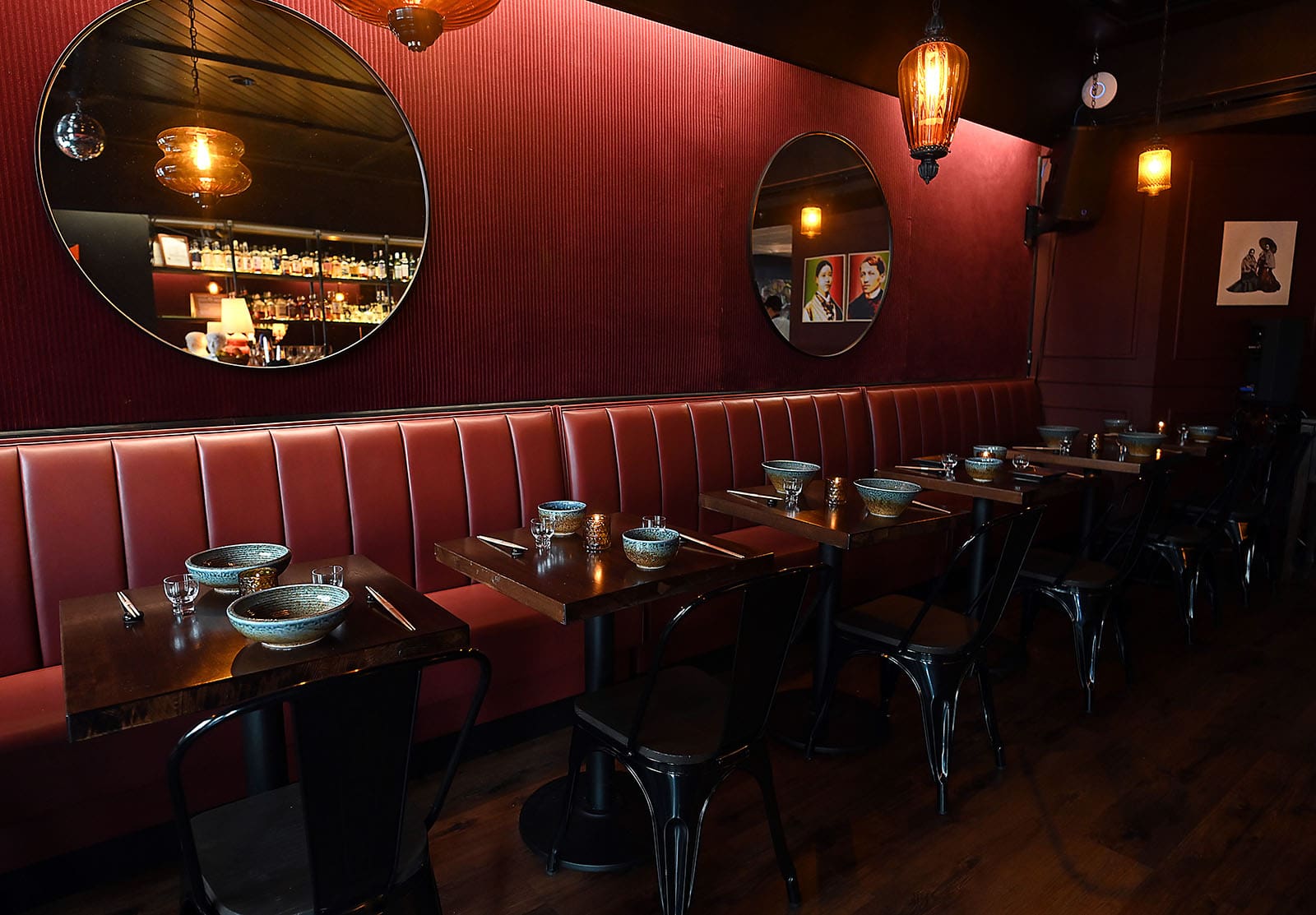
The lights are moody, chatter is loud and trays of smoky teriyaki skewers pass overhead a makeshift dance floor. People are either dining, drinking or dancing (or alternating between all three). You can’t help but notice a portrait of the Philippines’ national hero, Jose Rizal overlooking all this.
“It’s a space where you can have a great dinner and then once nine-thirty hits, the mood changes,” Gugu Room’s co-owner, Marco Viray tells Vogue Philippines. Viray and his co-founders Lee Watson and Jason Soong are veterans of the Philippine food and nightlife scene. With the trio’s shared background in cultivating sceney hotspots, Gugu Room’s dinner party concept makes all the more sense. Here, the drinks and music are as much a part of the experience as the food.
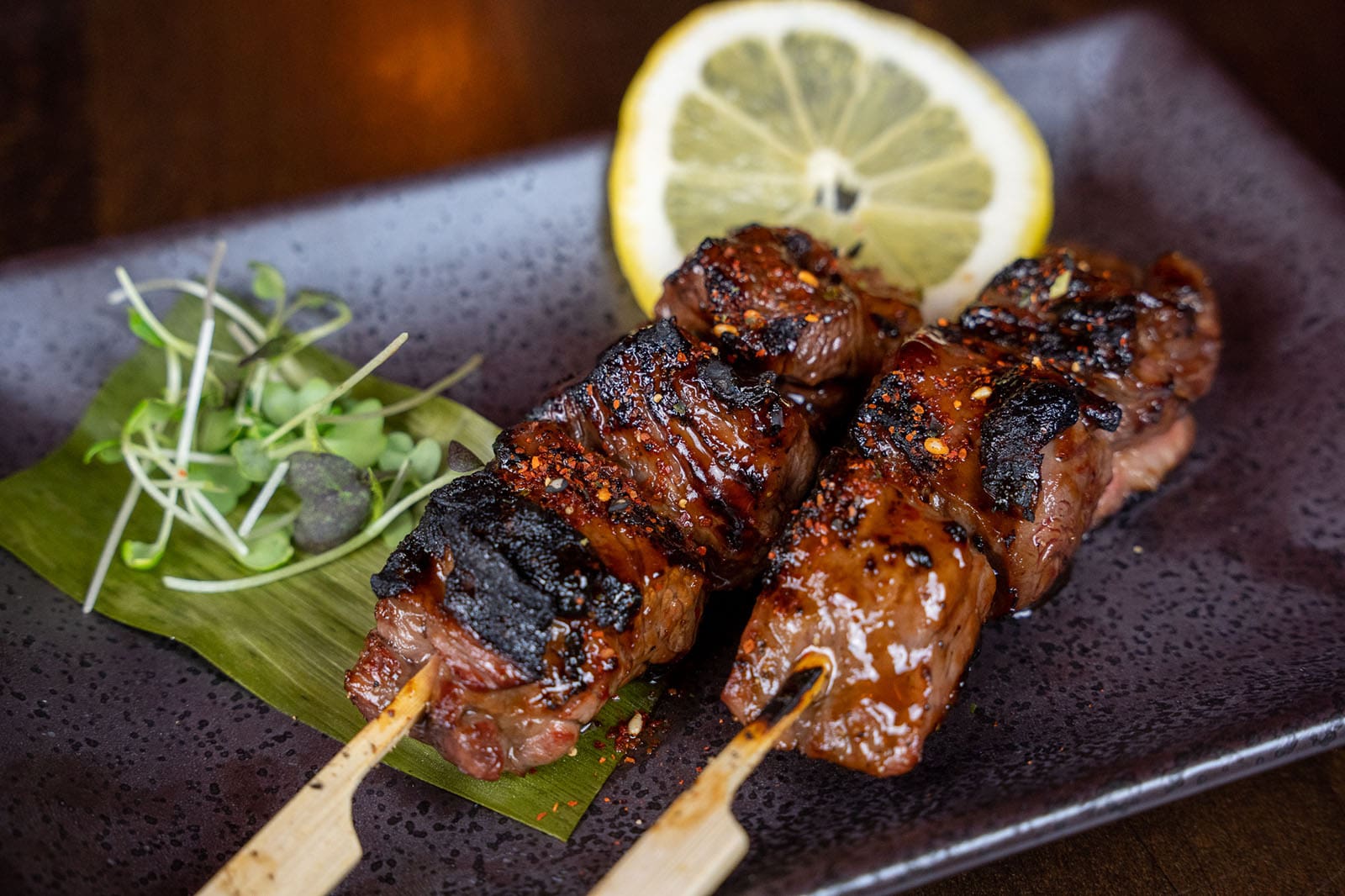
Gugu Room, named after the term of endearment akin to gugu gaga, is the trio’s first venture beyond the archipelago’s borders. In 2021, Viray, Watson and Soong were visiting New York when they became acquainted with the owners of an existing Filipino restaurant called Tsismis that was set to close. The Tsismis group made an offer to partner and put up a new concept in the space. “There was always an ambition to do something but it only all happened when I came here,” laughs Viray. “Things just fell into place.”
Then came Adrien Brody.
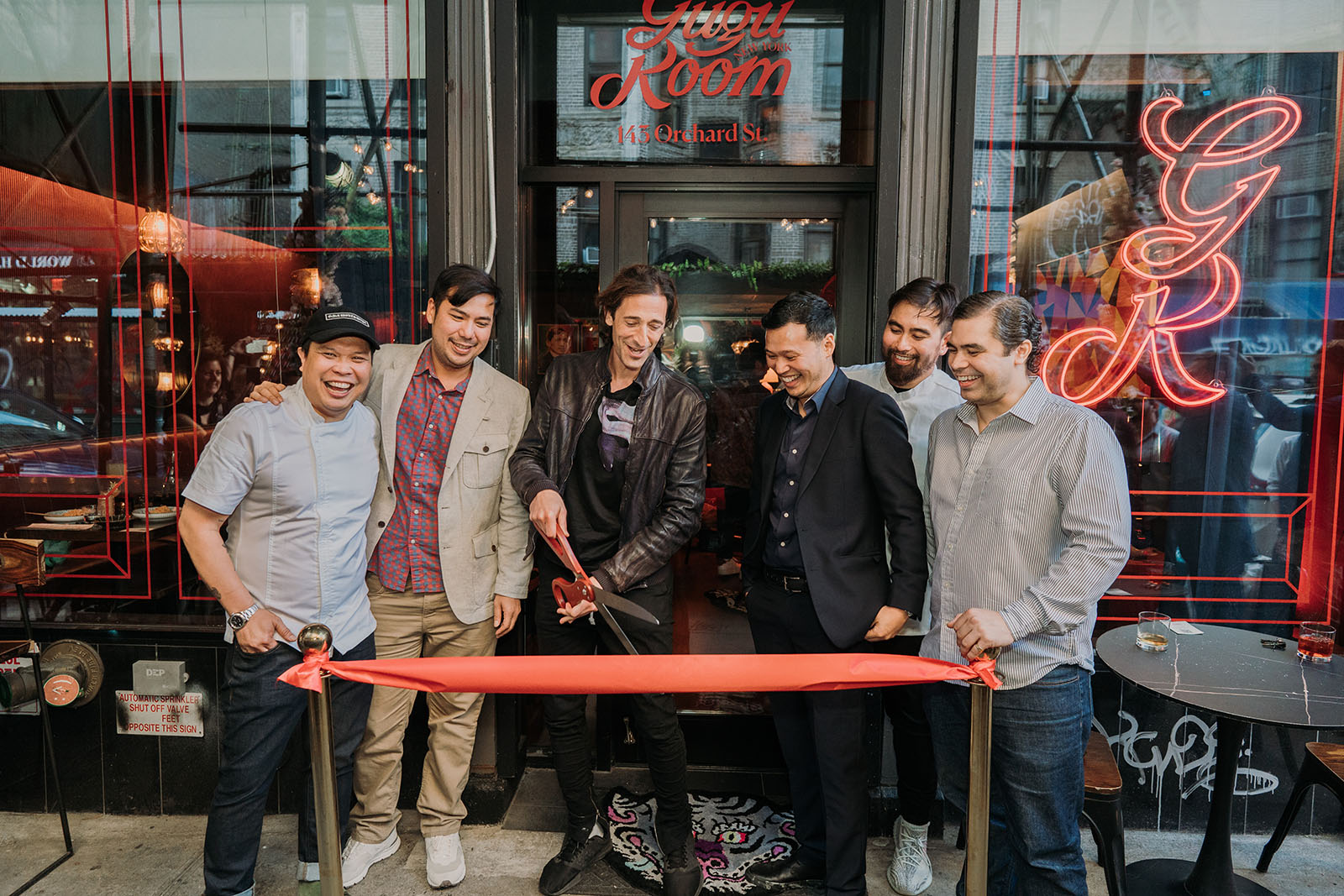
A seemingly random character in the Gugu Room lore, The Hollywood actor and New York native grew up eating Filipino food in Queens. It was Brody, a friend of Soong’s, who pointed out that Filipino food might be too adventurous for a foreigner—why not incorporate a more familiar cuisine like Japanese to make the menu accessible?
Following this logic, the team joined forces with Aris Tuazon, the New York-based chef and restaurateur behind iconic New York Filipino restaurants, Jeepney and Ugly Kitchen. Sushi chef Markee Manaloto, of nearby Kissaki, brings ten years of training for the izakaya concept.
Innovation kitchen
The team is hesitant to describe Gugu Room as fusion. Yes, a handful of dishes blend both cuisine’s flavors—take their tofu sisig with yuzu truffle and a mushroom medley, for example. Yet many more selections remain loyal to the Philippine tradition, an intentional decision by the chefs to invite interest in Filipino food. Here, you can enjoy kare kare (short rib peanut stew with shrimp paste), Bicol express (bite size pork in coconut milk) and other Filipino classics slightly more refined, if not elevated.
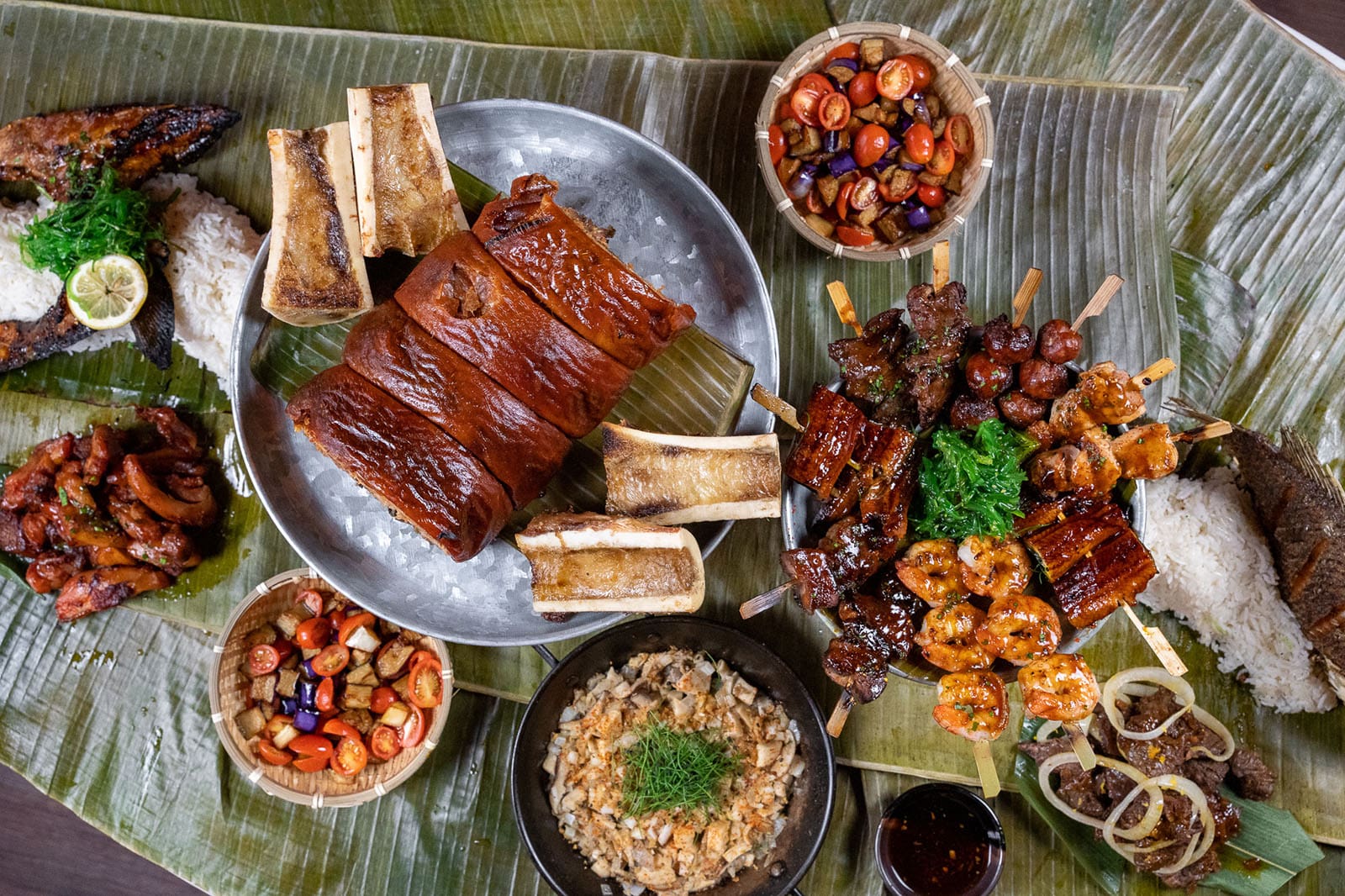
When I ask chefs Tuazon and Manaloto where they draw inspiration from, the duo laughs. “Oh man, we just brainstorm.”
“I’ll wake up and I’ll text him, what if we do this, let’s try this,” shares Manaloto. He recounts previously training under a sushi master, a decade-long education where he was not permitted to even touch sushi rice until his third year. “Here [at Gugu Room], we have a lot of freedom to do our own style and be ourselves.”
Tuazon, who is all smiles, couldn’t agree more. “We’re our own bosses. It’s a chef’s dream.”
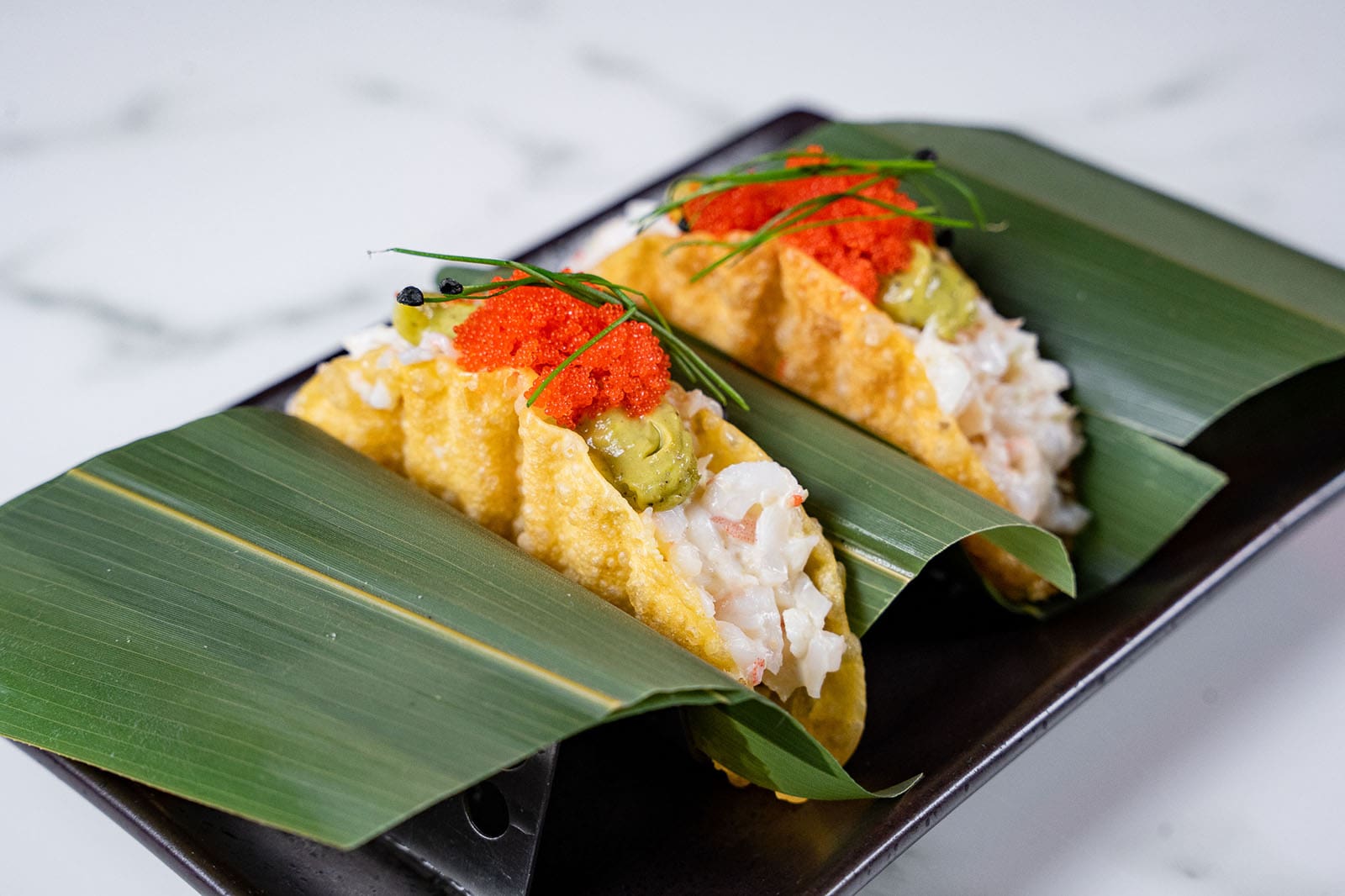
It’s tricky to introduce Filipino food to an unfamiliar audience. Tuazon theorizes that the lack of a mainstream understanding of what Filipino food is internationally has to do with the country’s rich diversity. Cooking techniques, locally sourced ingredients and palates vary depending on region and terrain. In a country with over seven thousand islands, uniformity is near impossible.
While it may sound like a lot of pressure to represent an unsung cuisine, Manaloto and Tuazon view it as an exciting challenge. The chefs point out that in a culturally diverse city like New York, differentiating themselves is essential in order to stand out and ultimately survive. The result of this is Gugu Room’s constantly evolving menu that is snazzy and playful, reflective of the kitchen’s creative forces. By combining their respective culinary expertise, the chefs are eager to bring forward a fresh perspective while promoting what they find most exciting about Filipino cuisine.
Late night drinks and dancing
Gugu Room’s intimate nightlife is a weekend affair of ube-infused cocktails and late night dancing. Watson’s extensive bar program ties together ingredients like calamansi, coconut milk, and wasabi to shine in quirky renditions of classic cocktails. Take the Mar-Gari-Ta, a concoction fusing wasabi, calamansi honey, and gari (pickled ginger) in a tequila and cointreau blend. Even the classic Espresso Martini is uniquely Gugu-esque with its use of Philippine coffee beans and Muscovado syrup.
Soong, Gugu Room’s music director, makes it a point to bring in different DJs each weekend to spin. Young Filipino DJ group Bureau of Sound had their first international gig at the restaurant last fall. “It felt like a version of Manila in New York,” reminisces Lorenzo Obias, who is joined by Jonte Yulo and Marty Romualdez to make up Bureau of Sound.
Recalling their New York debut, the boys describe “a lot of dancing” filling up the space and an audience especially receptive to disco tunes. “Because people love to sing the lyrics.” Bureau of Sound experiments with house and techno influences, and pulls inspiration from homegrown predecessors: “A lot of my formative experiences were from people like my cousin David and DJs like Shrugs,” shares Yulo. “That community of DJs in Manila pushed me and my taste.” For the boys, spinning at Gugu Room—and enjoying an order of grilled pork belly on the side—transported them to a familiar place.

As the evening service picks up, it’s exciting to imagine the largely international clientele that’ll trickle in and discover the wonders of Filipino style drinks, dinner and dancing in an unlikely downtown Manhattan neighborhood. The team shuffles into an easy flow: Viray chats with guests as they approach him, Manoloto discreetly pops in and out of the kitchen and Tuazon is starting the night with a drink in the bar. Despite the casualness of this scene, it doesn’t escape me that this is the effortless motion by which the Gugu Room machinery operates. It is how they keep the wheel turning, propelling Filipino food into the future.
